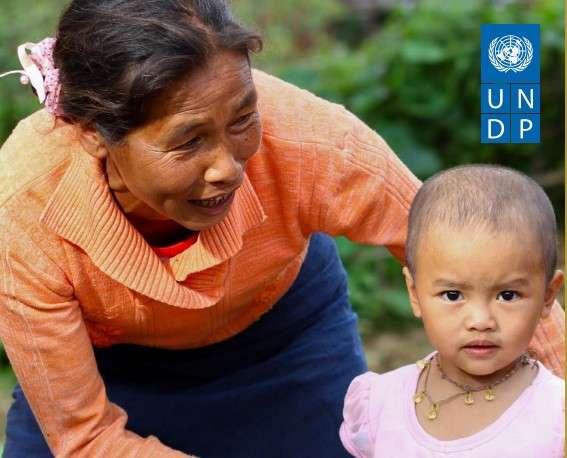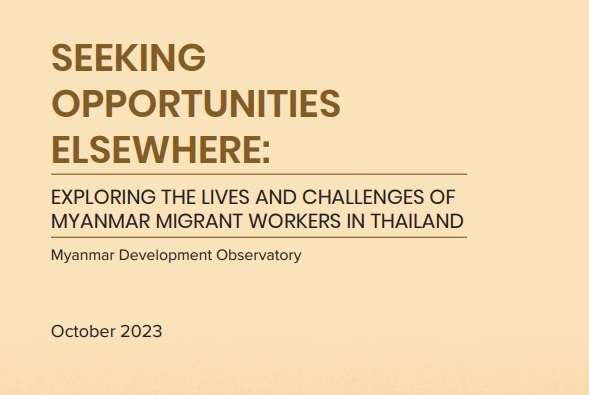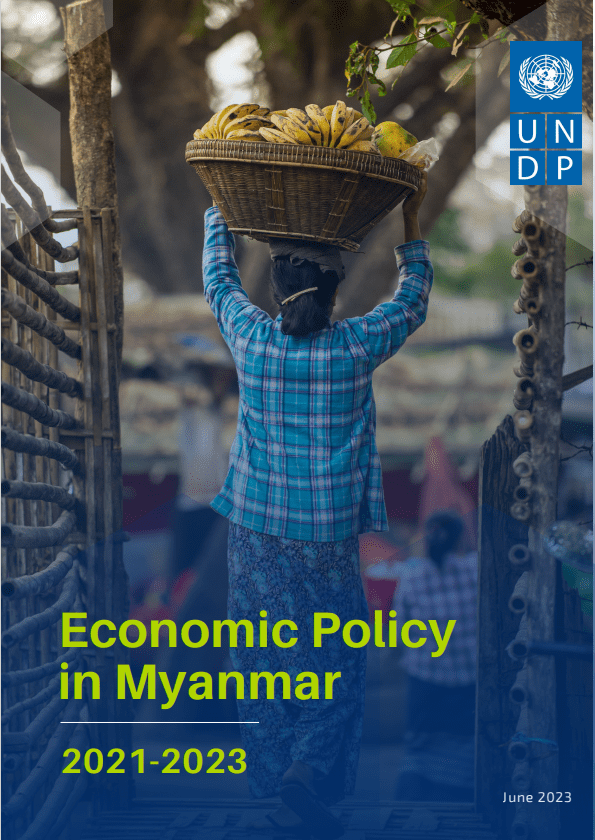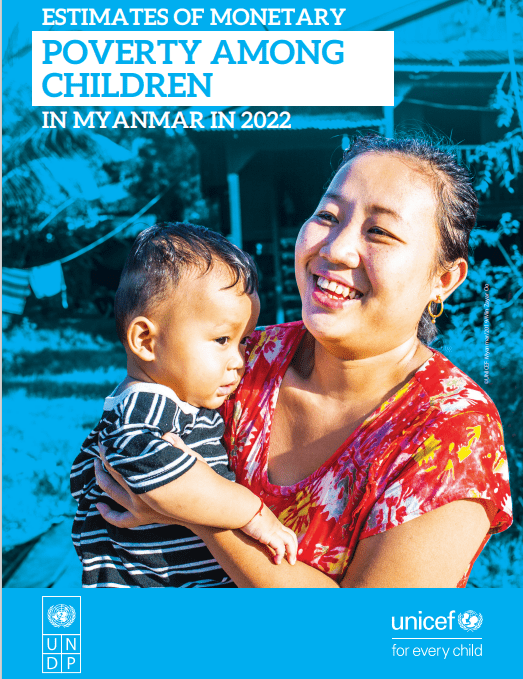
Poverty and the Household Economy of Myanmar: A Disappearing Middle Class
The contraction of household incomes since the onset of the pandemic and the political crisis
This comprehensive report delves into the intricate dynamics of Myanmar’s food and agriculture systems, offering a meticulous analysis of their transformation amidst the challenges posed by COVID-19, the military takeover, climatic shocks, and soaring food prices.
December 2023
This comprehensive report delves into the intricate dynamics of Myanmar’s food and agriculture systems, offering a meticulous analysis of their transformation amidst the challenges posed by COVID-19, the military takeover, climatic shocks, and soaring food prices. Drawing insights from data sources, including the Myanmar Living Conditions Survey, FAO/WFP Monitoring Reports, and IFPRI Household Welfare Survey, the report meticulously examines the pillars of food security—availability, access, utilization, and stability. Revealing the profound impacts on food availability, the report addresses high input costs and decreased agricultural production, emphasizing the urgent need for restorative agriculture models and sustainable interventions to enhance household food access.
In addition to the structural issues, the report highlights the dire consequences on food utilization, showcasing shifts in intra-household distribution and the resultant challenges faced by women and children. It emphasizes the critical linkage between agriculture and other sectors, particularly WASH (Water, Sanitation, and Hygiene), as fundamental to improving food utilization. Recognizing Myanmar as the second most impacted country by extreme weather events, the report underscores the necessity for early warning systems and climate-resilient interventions. Importantly, it advocates for a strategic transition from short-term humanitarian aid to medium-term interventions, urging a holistic approach involving non-State actors and cooperation partners to address root causes and provide an exit strategy from the humanitarian phase. This comprehensive study not only identifies systemic faults in Myanmar’s food and agricultural systems but also offers solutions, providing a valuable framework for potential on-the-ground projects.

The contraction of household incomes since the onset of the pandemic and the political crisis

Delving into the lives and challenges of Myanmar migrant workers in Thailand, this report sheds

The State Administration Council (SAC)’s opaque decision-making, confusing communications, and numerous policy changes in response

Fifty-three percent of children in Myanmar are expected to live below the national poverty line